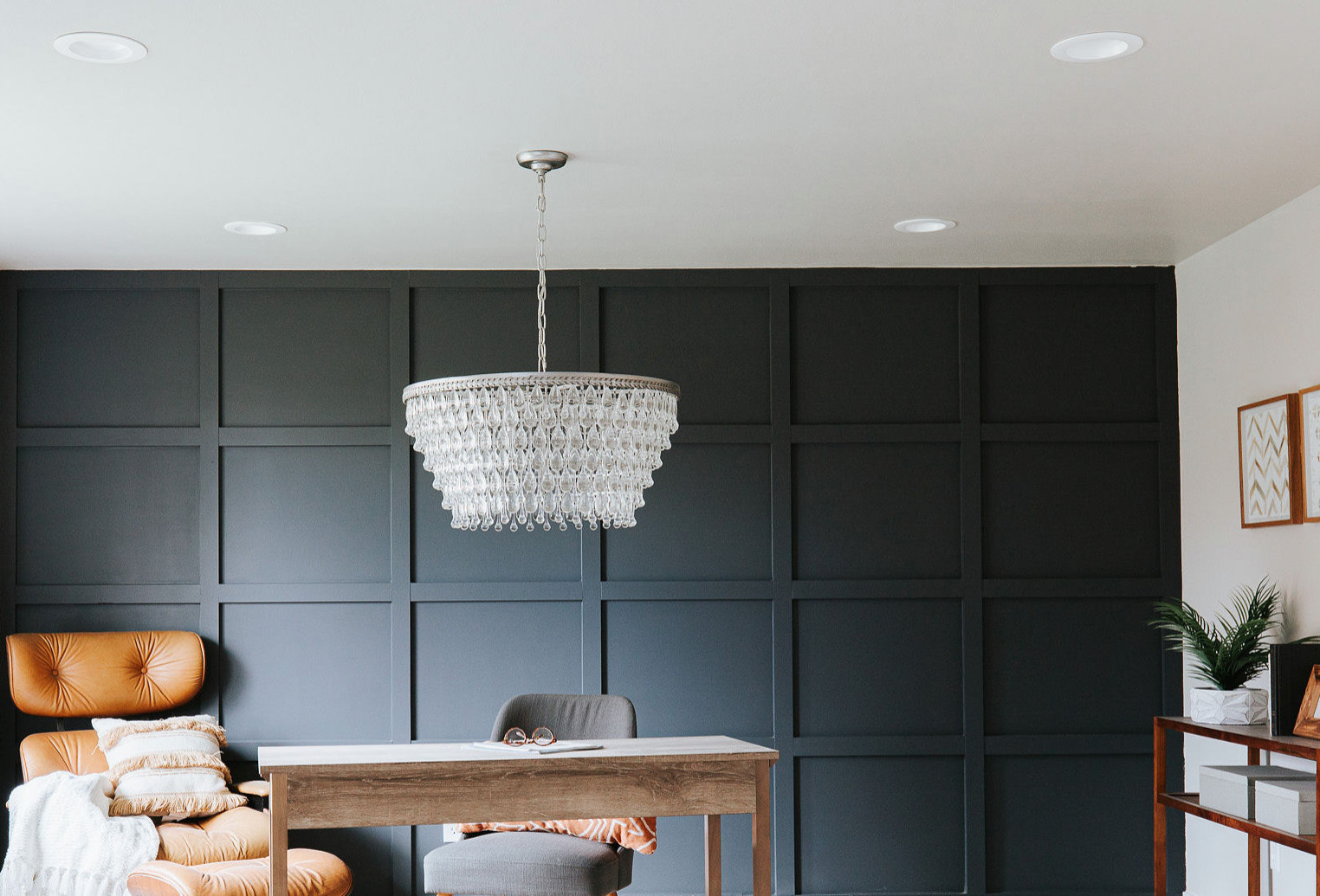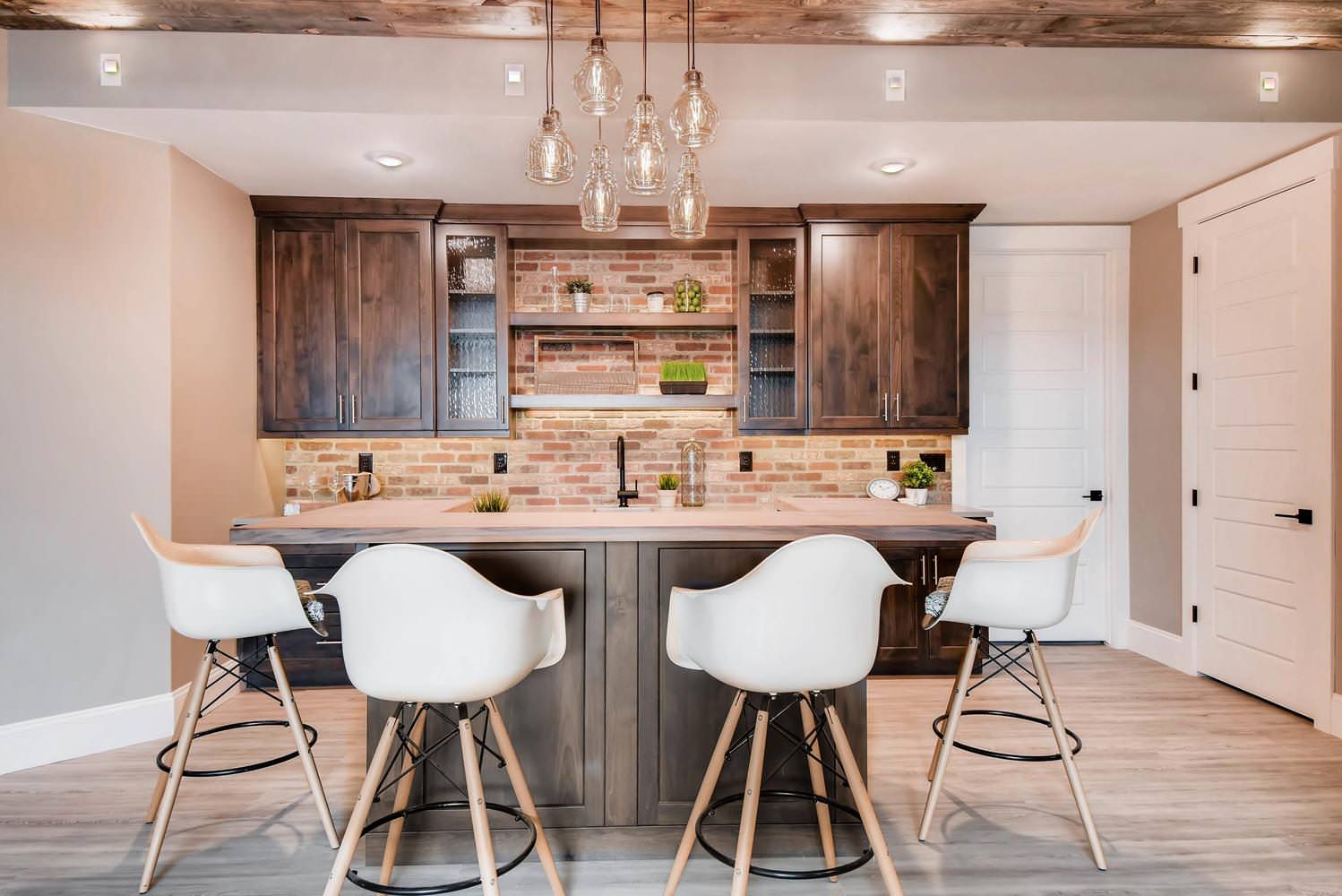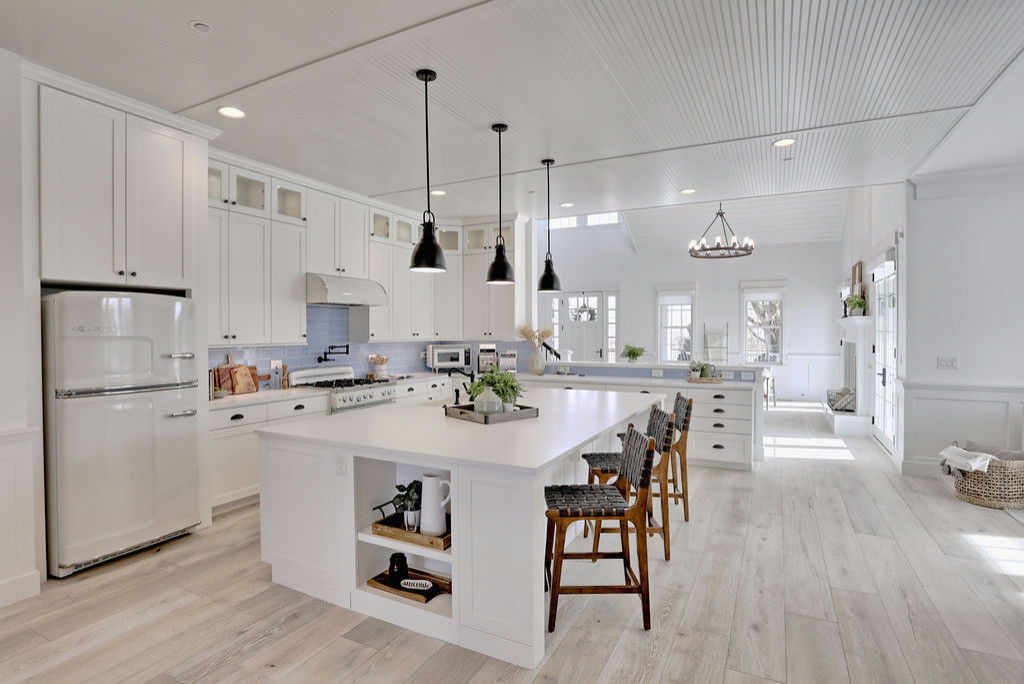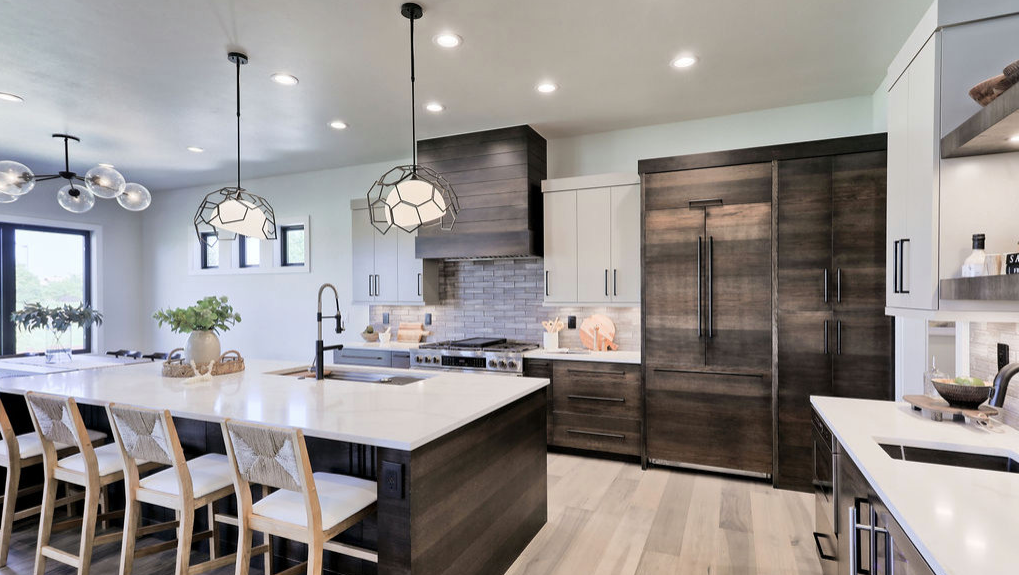Lighting is an essential aspect of our lives, often overlooked yet playing a crucial role in our daily activities. It’s not just about illuminating a room; it’s about creating an atmosphere, enhancing aesthetics, and facilitating functionality. This month we want to delve into the art and science of lighting, exploring its importance, different types, and tips for effective lighting design. You many not give much thought to your home’s lights on a daily basis but perhaps you should.

Lighting is more than just a practical necessity. It sets the mood, influences our emotions, and impacts our overall well-being. Proper lighting can make a room feel warm and inviting, while poor lighting can make the same space feel cold and uninviting. It can highlight architectural features, showcase artwork, and even make a room appear larger or small.

There are three main types of lighting: ambient, task, and accent.
Ambient Lighting. This is the general lighting in a room, providing overall illumination. It is the base upon which other layers of light are added. Examples of this include ceiling-mounted or recessed fixtures that direct light downwards, wall sconces or floor lamps that was the walls with light.
Task Lighting. As the name suggests, task lighting is used for specific tasks like reading, cooking, or working. It is brighter than ambient light and should be free of distracting glare or shadows. Examples include desk lamps, under cabinet lights in kitchen areas, or vanity lights in bathrooms.
Accent Lighting. This type of lighting is used to highlight specific features in a room, such as artwork, architectural details, or even plants. It’s often tree times as bright as ambient light. Examples are track lights, picture/art lights, or wall-mounted fixtures.

Designing effective lighting involves balancing these three types of light, considering the rooms function, and understanding the impact of color temperature.
A well-lit room has a balance of ambient, task, and accent lighting. Start with ambient light, then add task lighting where needed, and finally, use accent lighting to highlight features.
Consider the room’s function. A kitchen needs bright, shadow free task lighting for safe cooking and meal preparation, while a living room needs a mix of all three types of lightings for different activities.
Light bulbs come in different color temperatures, measured in Kelvins(K). Lower Kelvin numbers mean the light appears more yellow. Higher Kelvin numbers mean the light is whiter or bluer. Warm light (2,000-3,000K) is relaxing, while cool light (3100K and Up) is energizing.

While we could go on and on about fixtures and light bulbs themselves we will save this for another blog and just touch on the options. There is a plethora of lighting options out there for all purposes; recessed lighting, track lighting, pendants, wall sconces, ceiling lights, and portable lighting and plug in fixtures including lamps. Light bulbs to accompany the fixtures include: Incandescent bulbs, florescent bulbs, LED bulbs, and Halogen bulbs. Bulbs come in a variety of shapes and sizes for fixtures and uses. Incandescent bulbs are considered traditional but are much less energy efficient with most energy wasted as heat. LED bulbs are the most energy-efficient and have a long lifespan, thus, are the new go to for fixtures.

Lighting is a powerful tool in interior design. It is an art as well as science that, when masted, can transform any space into a functional and aesthetically pleasing environment. By understanding the different types of lighting and how to use them effectively, you can illuminate your space in a way that suits your style and meets your needs. Remember the best lighting design is the one that achieves the perfect balance between functionality and aesthetics, creating a harmonious and inviting atmosphere. Enjoy making your space beautiful as well as welcoming with your person lighting choices and remember to enjoy the journey of finding the right fixtures. Check out our LTKit for lighting finds that are right for you.